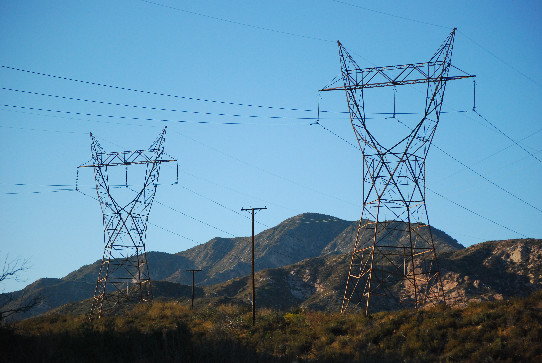
Energy Security in the U.S. Army
Richard Kidd, the Deputy Assistant Secretary of the Army for Energy and Sustainability, recently presented to Senate staffers about energy security on military bases and the need to address growing threats to the Army’s energy grid. Although the U.S. Army is making progress in energy efficiency and meeting renewable energy marks, he said, there is still a need for increased resiliency for their installations by way of on-site power generation and micro-grids. But investing in resiliency—unlike investing in renewable energy—is a tough sell to both Congress and potential investors, and has taken a backseat. Now it’s time to fund resilience projects on bases and ensure greater energy security for our troops.
Energy security for Army installations should not just be thought of as an infrastructure cost, but as an investment in resilience and military capability. In the event of an emergency or conflict, micro-grids will function as a backup source of power. If power grids connected to Army installations fail, power supply to a region’s forts or camps fail, and the U.S. becomes vulnerable to attack.
President Obama’s FY2017 budget proposal, released on February 9th, supports strategic investments in development priorities for the Department of Defense, but the Army requires specific budgetary mechanisms to invest in large-scale energy security projects to increase resilience.
The current budget environment makes it difficult to set aside funding for military construction projects, especially those focused on more resilient installations since traditional cost-benefit analyses do not account for funding proposals across an entire installation. Smaller scale purchases, such as renewables or test and evaluation programs, are admissible under existing congressional mechanisms—and have been booming under DoD’s shift towards renewable energy—but Army installations need further large-scale investments in micro-grids so they can operate independently should a power outage occur. Savings from energy efficiency at Army installations are sometimes,
Funds should be allocated to buy additional security in the form of bio-mass electrical plants and biofuel facilities to build resiliency and lower power demands, or to construct additional installations in areas protected from the natural elements. In Fort Drum, the Army has partnered with private sector partners to install a bio-mass electrical plant, increasing the resilience of the entire installation. However, the private sector isn’t drawn to investing in protection from risk due to the high cost, slow return model resilience is based on. The pitch should instead concentrate on the long-term benefits of increased resilience for installations.
Another dimension to the importance of on-site micro-grids is the Defense Support of Civil Authorities (DSCA). If a disaster were to happen on U.S. soil, or if civilian law enforcement needed additional support, Homeland Security and the DoD would partner to respond to and recover from a disaster. This partnership will only be strengthened if armed forces installations have a backup power source on-site, especially if a disaster were to take out a civilian power grid.
Increased energy security on bases will provide our soldiers the peace of mind to carry out their missions, and help Americans feel safer at home. The FY2017 budget still has a chance to both allocate much needed funds to the U.S. Army and explore additional options on energy security across the Department of Defense.





